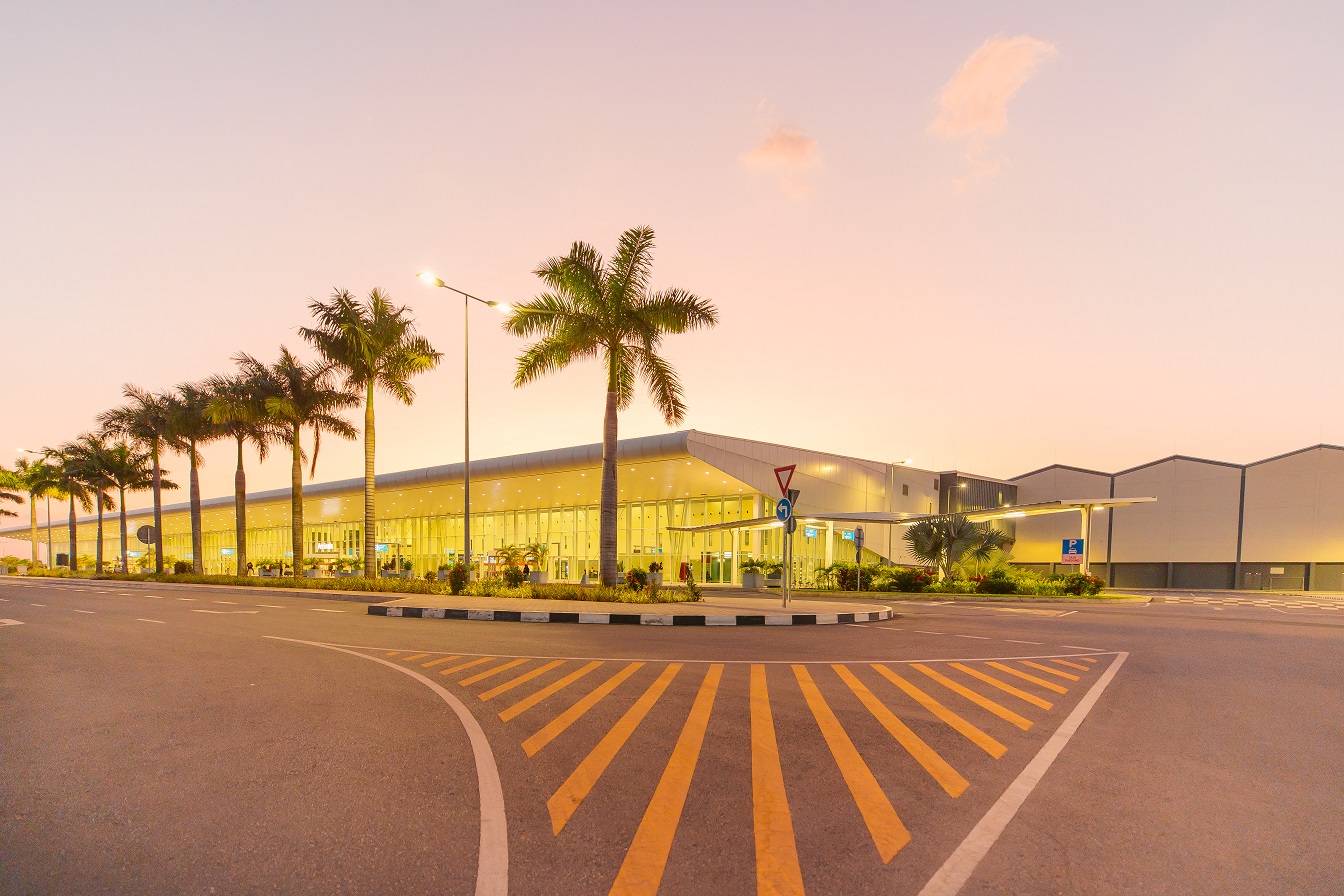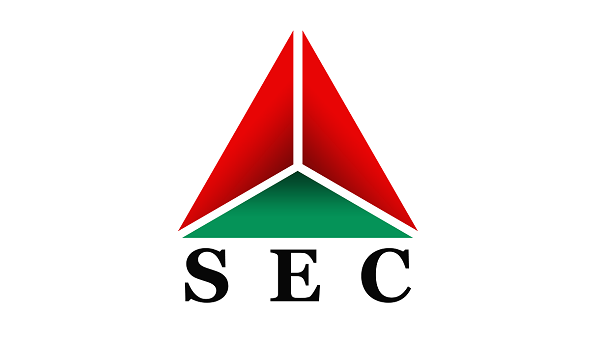
Julius Nyerere International Airport (JNIA) has become the hub in the aviation sector in Central and East Africa. It is, undoubtedly, one of the best-performing airports in the region at large. According to the Ag. Director of Julius Nyerere International Airport, Eng. Rehema Myeya, “the major focus for the Julius Nyerere International Airport is to meet the desires of its passengers, airlines, visitors, and stakeholders. We are proud that the Julius Nyerere International Airport, in collaboration with its partners is working tirelessly to make sure that we achieve our goals”.
The results of the success are evident across the board including industry acknowledgments and awards by major industry stakeholders including ACI (Airports Council International) which in its 2018 report ranked Julius Nyerere International Airport as the 9th out of 183 Airports in Africa, serving a total of 71,420 flights per year. In terms of passengers, the airport was ranked 17th out of 183 airports in Africa, serving a total of 2.5 million passengers. And in terms of freight, the Airport ranks 9th out of 183 Airports in Africa, serving an average of 16,163 tons per year.
“In 2010 we achieved an increase of up to 2.5 million passengers. This increase is what prompted the government to begin the construction of a third passenger building, with a capacity to serve six million passengers a year. The construction of this state-of-the-art building began in 2014 and finished in May 2019”, affirmed Eng. Rehema Myeya.
Many major airlines pick JNIA as an alternative airport when flying from north to south of the continent. The latter is due to the airport’s privileged location and altitude, high aircraft performance, high density of air, and good clearing conditions which lead to less complex flight operations procedures.
Important Accolades
“We are proud of our achievements as we have been working hard to improve every aspect of the airport from service quality to customer experience and we are delighted that some of our hard work is being recognized”, stated Eng. Rehema Myeya.
Some of those recognitions have been:
Aerodrome Safety Certificate, from the Tanzania Civil Aviation Authority (TCAA)
Routes Middle East Africa Marketing Awards, for excellence in Airport Marketing route awards.
Routes Africa, for excellence in Airport Marketing.
Competitive Advantage and Valuable Certifications
There are several special characteristics that give the airport its competitive advantage, such as increased easygoing flight operation caused by favorable and unchangeable weather and less complex geographical conditions throughout the year. Also, high navigation capabilities due to simplicity in setting up navigation devices, due to accessibility of communication, and the availability of navigation signals. The airport regularly conducts Customer Awareness Training to airport staff for the purpose of creating a good image for the customers and particularly passengers.
JNIA has a certificate of compliance in the Integrated Management System from ISO, and an Aerodrome Certificate. The airport also received an Environmental Audit Certificate for its Environmental Management and a 3-star regional airport certification for facilities, comfort, cleanliness, shopping, food & beverages, staff service & security, plus safe air travel for passengers during Covid-19.
The airport has a license from Tanzania Atomic Energy Commission to possess or use radiation equipment. Furthermore, political stability and the emphasis on maintaining peace in Tanzania have attracted more passengers to visit the country. Hence, the government has started to promote tourist attraction campaigns and has invested in improving the national carrier, which has increased local and international routes.
Preparing for Revenge Travel and Key Stakeholders
Airports across the globe are currently experiencing a “revenge travel” trend which led JNIA to construct a Third Passenger Terminal Building (TB3) with a capacity to serve six million passengers a year. “The third passenger building is currently one of the best in Africa. The capacity of TB3 is enough to cut the sharp rise in recovery traffic and to ease passenger and visitor flow. It also provides opportunities for further growth of the business”, stated Eng. Rehema Myeya. Moreover, the airport has prepared for servicing the influx of passengers by inspecting its facilities and regularly training staff for providing good services.
The provision of services in the Air Transport Sector is largely dependent on the modern use of Information and communications technology (ICT). Thus, to improve operational and service delivery activities, the authority established various ICT systems to serve passengers and aircraft promptly, adhering to international standards. Such systems include Airport Management and Information Systems (AMIS) by Rockwell Collins, Smiths Heinman for security screening, DAIFUKU Logan for BHS, Vision-Box for E-gates, HVAC by York International, ABB for Switchgears and Transformers.
Other important suppliers and allies are:
Airlines
Ground Handlers- Swissport, Nas Dar Airco, Celebi
Fuel Operators- Puma Energy, Oilcom (T) Ltd, Total Energy, and Lake Oil
Government Agencies – Immigration, TRA, Fisheries, Forestry, Minerals,
Concessionaries
PCL Group for cleaning and facility management
The Airport’s Growth Strategy
Regarding the airport’s growth strategy Tanzania Airports Authority (TAA) has invited all investors to partner in serving airport users by taking advantage of existing business opportunities. All invitations to bid are made public and are accompanied by a clear set of guidelines that bidders must comply with. Moreover, there is a transparent system in place for tendering and awarding contracts as per the Public Procurement Act.
The development project of an Airport Commercial Complex and the four-star airport hotel will enhance and expand business at the airport as well as attract more business partners and investors. According to Eng. Rehema Myeya, “there will be more spaces for offices, shops, malls, banks, restaurants, gym, kids’ playground, and more, to operate”.
Additionally, the Tanzanian government has partnered with the French government to construct and rehabilitate the Second Passenger building (TB2). The latter will allow more passengers and create more business opportunities.
Economic impact and vision
TAA has contributed to reducing the unemployment rate by creating job opportunities during the execution and after the completion of various projects in the airports. The construction of the third passenger building will improve airport services and increase the airport’s revenue by creating more business and commercial areas.
Altogether, Julius Nyerere International Airport’s vision is to enhance efficiency in undertaking airport operations by facilitating safety, security, and compliance with national and international requirements. Thus, optimizing airport services, improving infrastructure, systems and facilities, human resources, and financial management, are other goals JNIA has established for continuing to be a key player in the region’s aeronautical industry for years to come.
DOWNLOAD
 JNIA 2022 - BE Africa Mag.pdf
JNIA 2022 - BE Africa Mag.pdf













